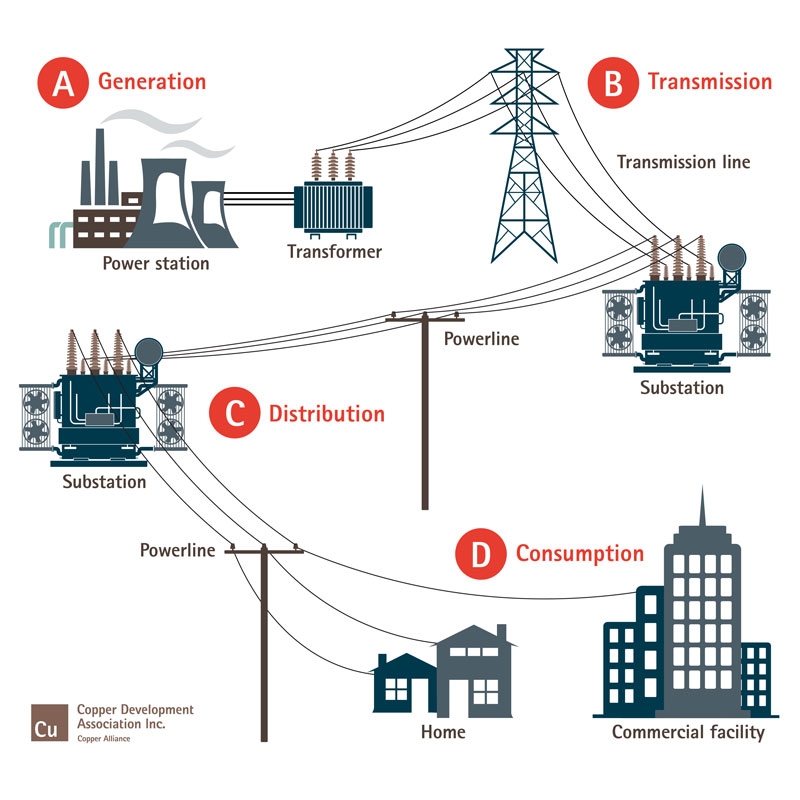How Is Electrical Engineering Used In The Development Of Smart Grid Infrastructure?

The grid infrastructure is the backbone of our modern-day society, allowing us to power our homes, businesses, and communities. It is a complex network of power lines, transformers, and other critical components that work together to deliver electricity from power plants to our homes and businesses. In this post, we will explore the importance of the grid infrastructure and its role in our daily lives.
The grid infrastructure is designed to provide a reliable and efficient supply of electricity to meet the growing demand for energy. It does so by transmitting power from power plants to substations, which are then distributed to customers. The system operates on a complex network of high-voltage power lines that span across the country, connecting power plants, substations, and customers.
One of the most critical components of the grid infrastructure is the power transformers. These transformers are responsible for converting the high-voltage power from power plants to the lower voltage levels needed by households and businesses. They are also responsible for regulating the voltage levels, ensuring that the electrical power flows smoothly throughout the system.
Another critical component of the grid infrastructure is the power lines that transmit the electricity across vast distances. These power lines are made of highly conductive materials such as copper and aluminum that can handle large volumes of electricity without overheating or breaking down. They are also designed to withstand harsh weather conditions, such as high winds and heavy snowfall, to ensure a stable supply of electricity.
The grid infrastructure is also designed to be highly resilient, capable of withstanding unexpected disruptions and emergencies. For example, power outages caused by natural disasters or equipment failures can be quickly restored through a combination of backup power generation and a sophisticated network of sensors and automation systems that help detect and isolate problems before they cause widespread power disruptions.
The grid infrastructure plays a critical role in enabling the transition to renewable energy sources, such as solar and wind power. These sources of energy are often located in remote areas, far from the population centers that consume the electricity they produce. The grid infrastructure provides the means to transport this energy efficiently and reliably, ensuring that it can be used to power our homes and businesses.
As we look to the future, the grid infrastructure will also play a crucial role in enabling the growth of electric vehicles. The increasing popularity of electric cars and trucks will require a vast network of charging stations, supported by a reliable and robust grid infrastructure that can provide the power needed to charge these vehicles quickly and efficiently.
The grid infrastructure is also essential in enabling the development of smart energy systems that leverage advanced sensors, analytics, and automation systems to optimize energy use, reduce waste, and enhance the reliability and efficiency of the energy grid. These systems can help to reduce energy costs, minimize carbon emissions, and increase the resilience of the grid infrastructure.
In conclusion, the grid infrastructure is a critical component of our modern-day society, providing the essential backbone for powering our homes, businesses, and communities. It plays a vital role in enabling the transition to renewable energy sources, supporting the growth of electric vehicles, and developing smart energy systems that promote energy efficiency, reduce waste, and minimize our impact on the environment.
Post a Comment for "How Is Electrical Engineering Used In The Development Of Smart Grid Infrastructure?"